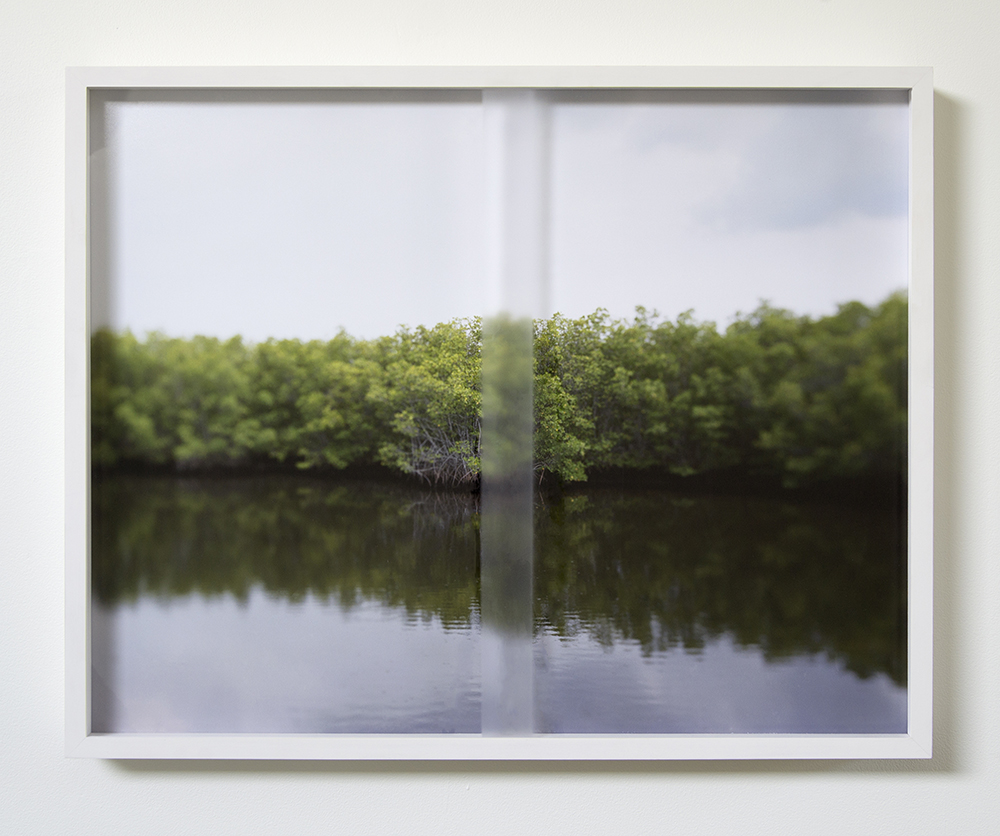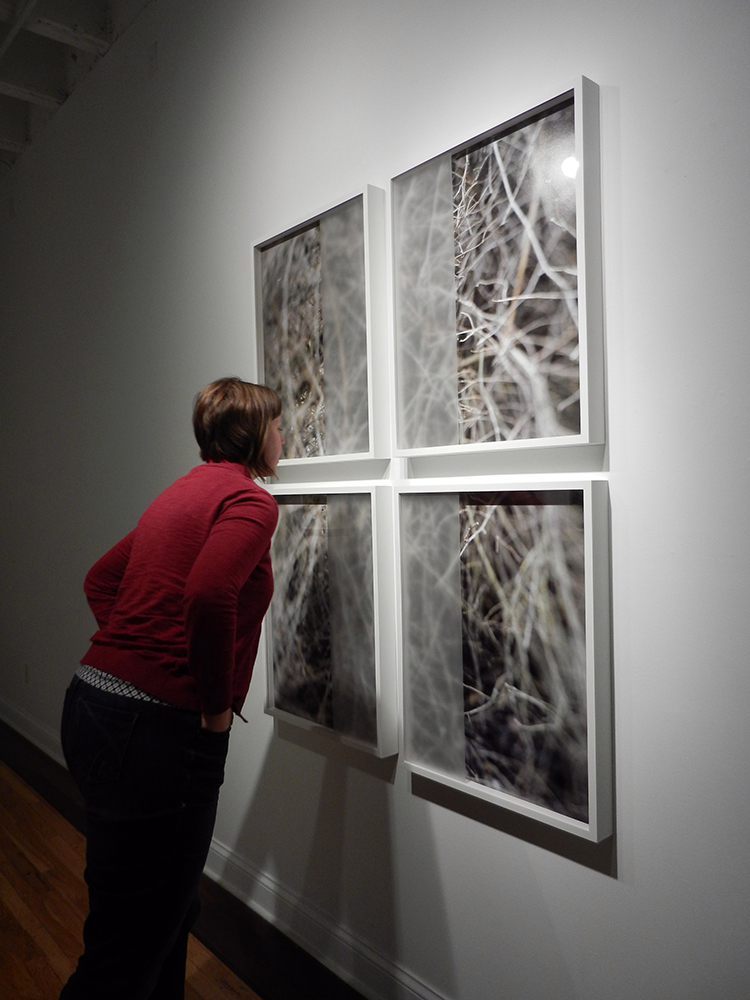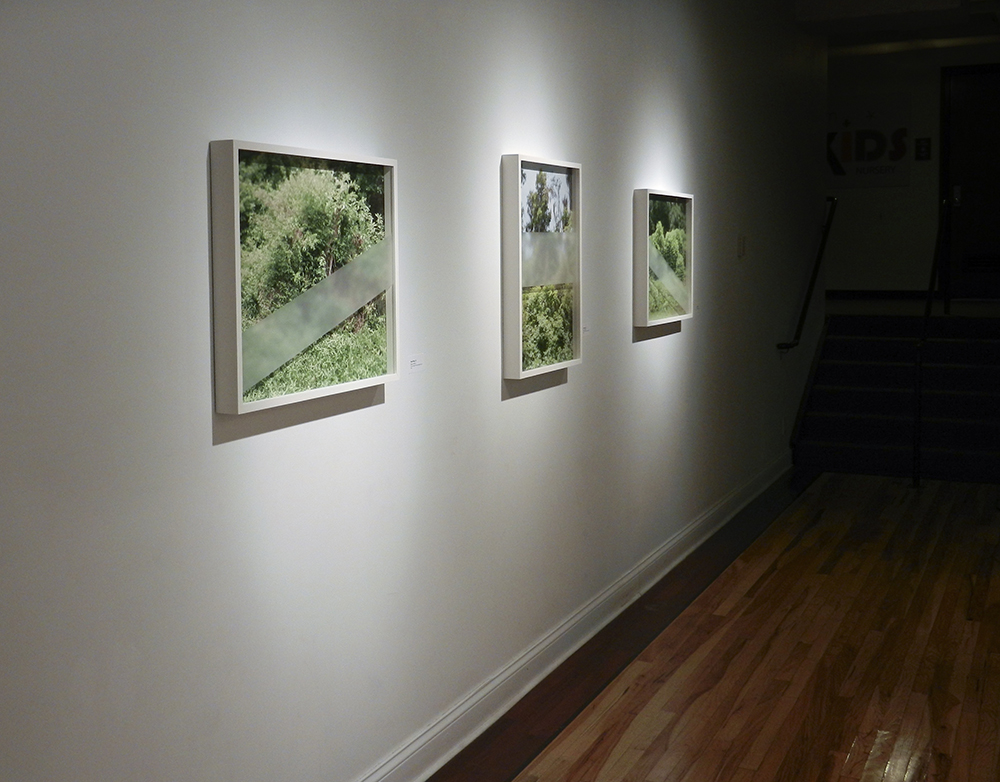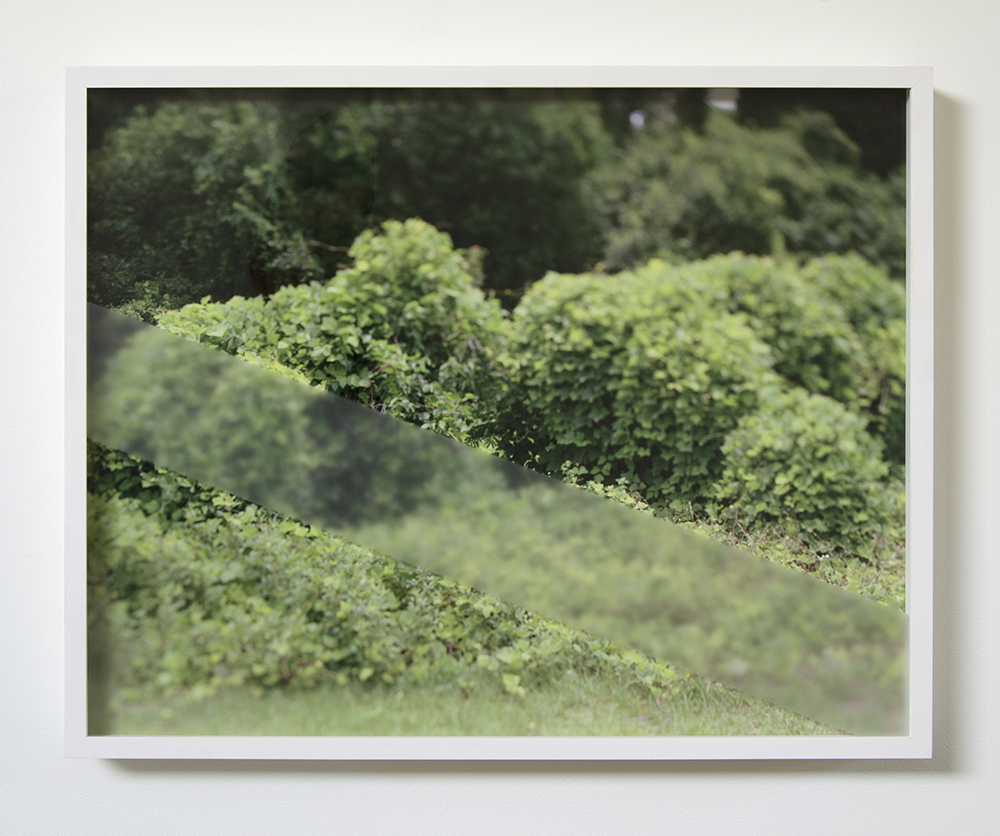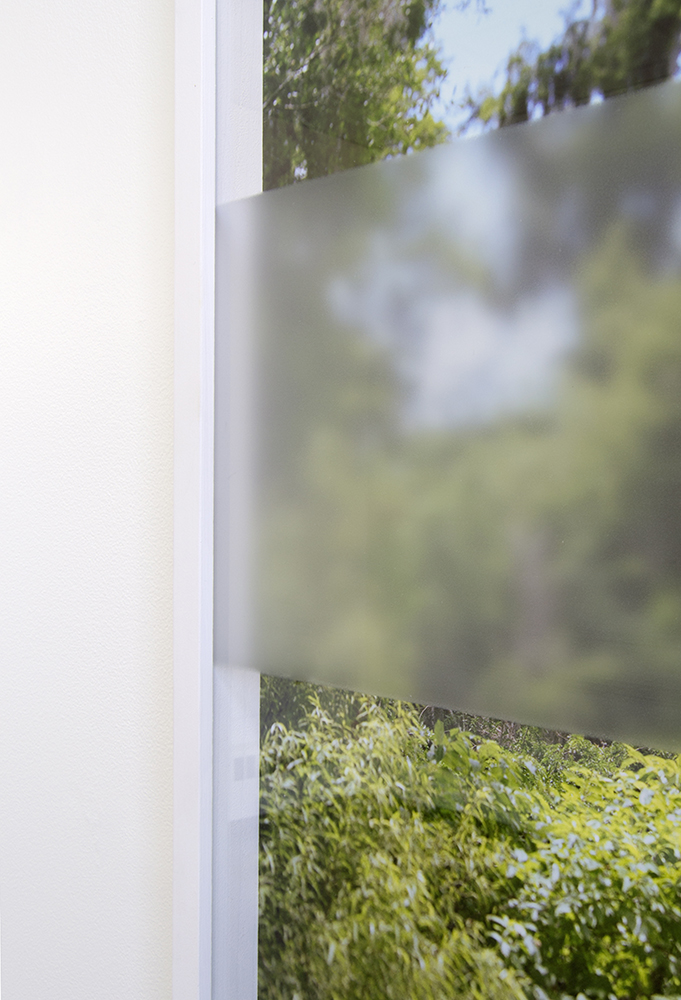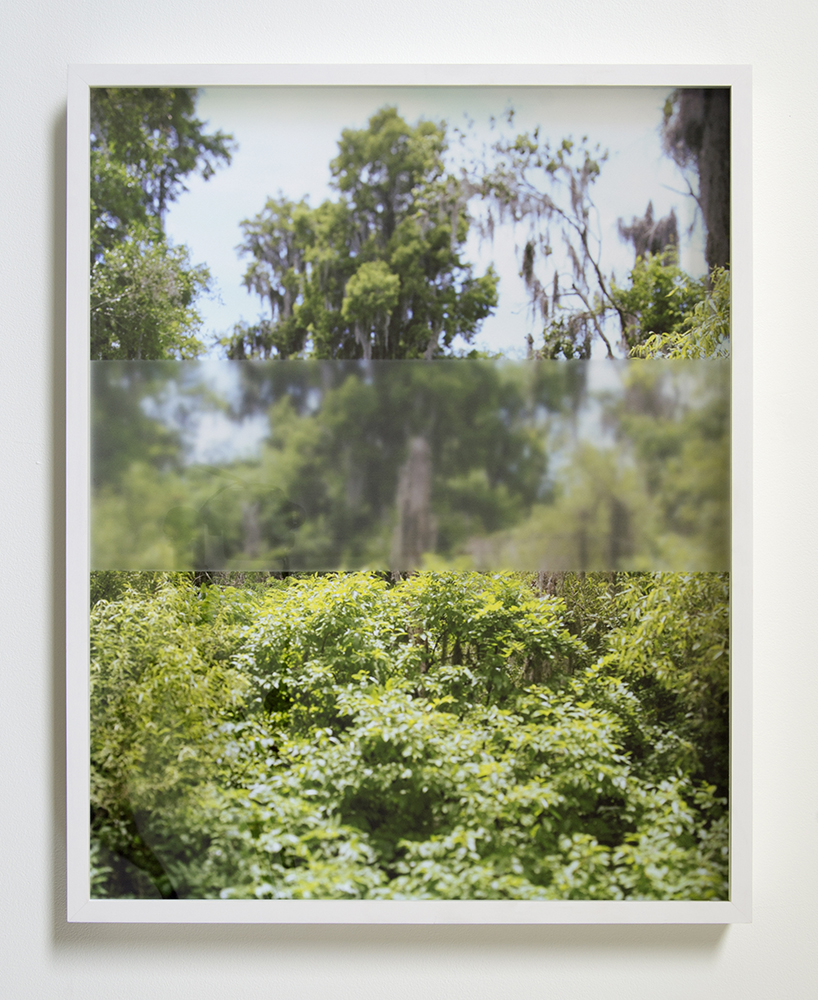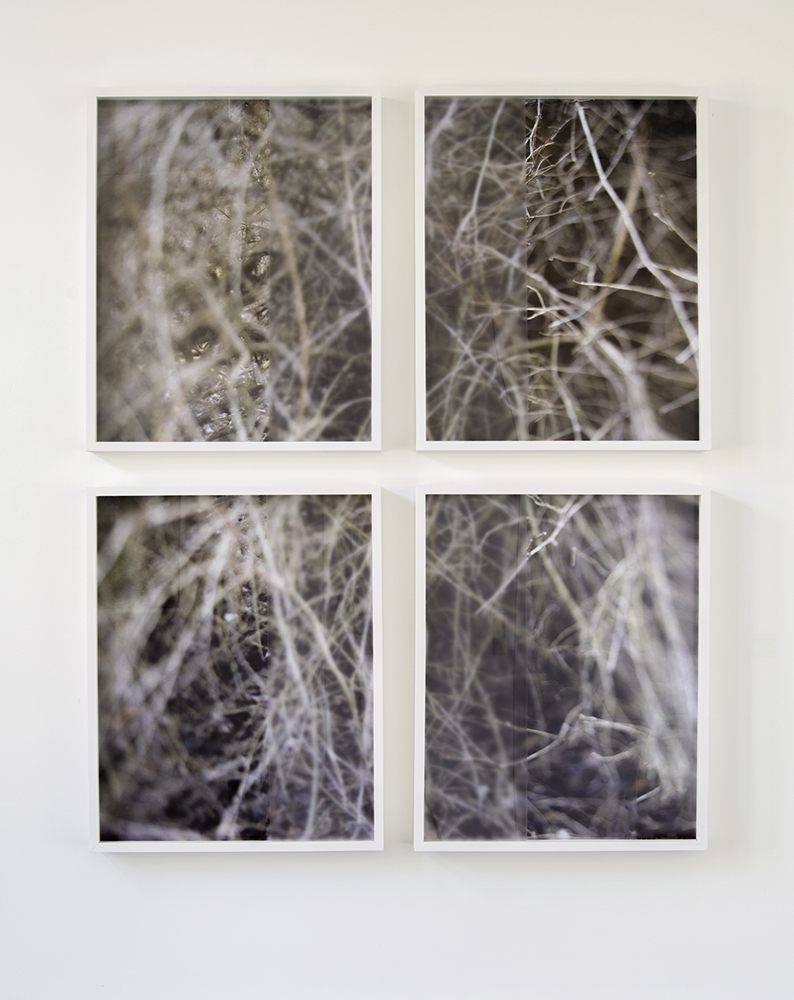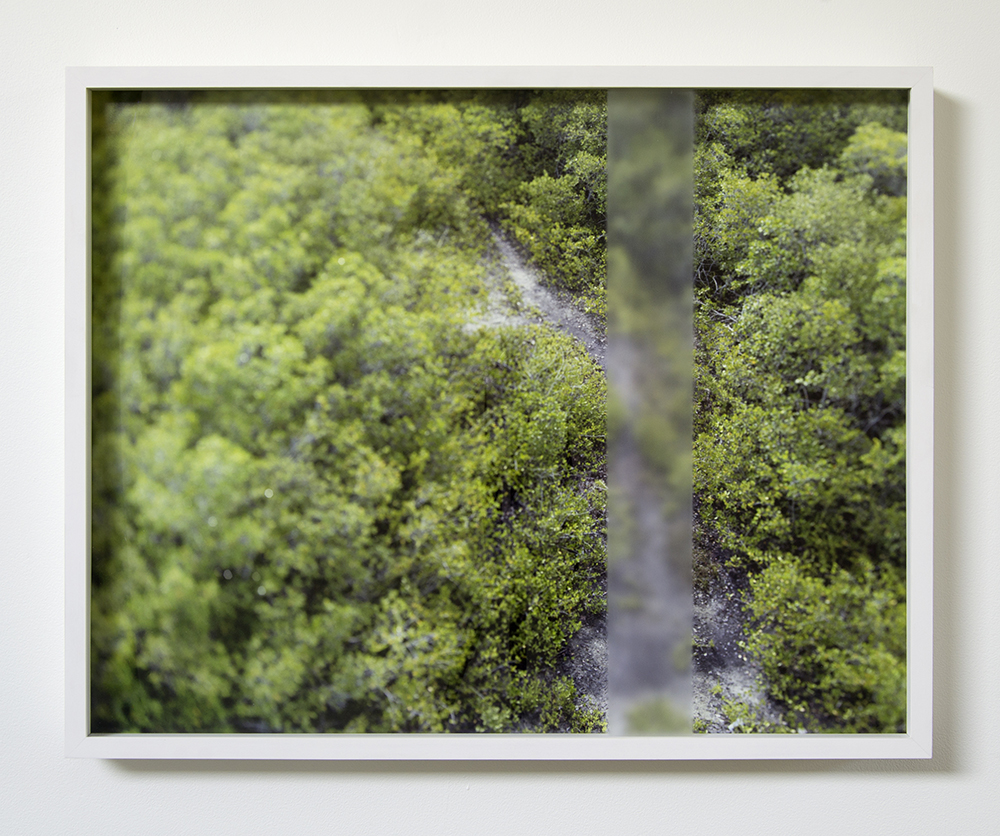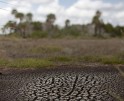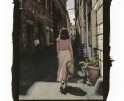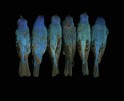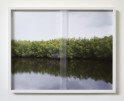Ryan Adrick: The States Project: North Carolina
Most places have a geography that is easily described, either through its features or lack of features we can find visual queues to relate to the place. When I lived in Arizona, the desert, big sky, and cacti were definitely the most obvious queues and the Saguaro cactus the most distinctive. In North Carolina the landscape is different. Water and moisture are in abundance and our vegetation shows this proudly in its robust palette of greens and its ridiculous density. The land is mostly flat, but unlike the desert, here there are walls of green that sprout up randomly. They offer little indication of what might lurk behind or within. The most distinctive aspect of this formidable green is surely kudzu. Landscape photographs here are often open farmland sprinkled with out buildings or a tractor; a compressed scene of kudzu carpeting the world around it; or a misty mountain view from a scenic vista in the Appalachians. Ryan Adrick’s Searching shows us none of these familiar photographs. He instead finds the 3-dimensional space; flattens it into a 2-dimensional representation; and then specifically chooses to soften focus and remove/obscure details—providing as much description as an abstract painting might offer.
Searching is a construction of space/place that isn’t about describing the scene. These pieces are intentionally obscuring the details; their subtle dimensionality invites the viewer closer but continues to provide no specific information. Ryan creates an experience that is private, jarring, and references the frustration one might feel if going through Alzheimer’s or when the thing is on the tip of your tongue but you just can’t reach it in the filing cabinet of your memory. We spoke of music, memory, family, and Roland Barthes’ punctum. Each time I visit the project, my attention is drawn to something different: the soft and vibrant green; the veil of frosted white; the strip of hidden information; or the desire to know what I’m not supposed to know. This last one I enjoy most. Ryan’s photographs provide me a place to ponder in quiet beauty.
Ryan Adrick (b.1979) was born in Jacksonville, Florida. His childhood was spent growing up in a military family, and moving all over the United States. He received his B.F.A. degree from Jacksonville University and his M.F.A. degree from Florida State University in 2006. He has taught courses at Florida State University, the University of South Florida, and the University of Dayton. Currently he lives and works in Morehead City, NC. Much of his work explores the relationships that we form with those around us, the landscape, and with ones self. His artwork has been shown regionally, nationally, and internationally. He has received a number of teaching, scholastic, and artistic awards.
Searching
Searching is a series of photographic images that address the subject of memories lost and the frustration that ensues. Each image requires the viewers interaction, asking them to search through a landscape that has been purposefully blurred, referencing the way memories become distorted or difficult to access through time. In contrast, the portions of the photograph that are in focus have been purposely obscured. The hidden areas reference the clarity the viewer is searching for. The observer is then able to interact with each image, literally searching the landscape to see what is behind the frosted portions. This interaction is the final element that completes each piece.
Much of your creative projects are about creating shared experiences with you and the audience. Can you talk a little bit about your desire to create this exchange of being in a space that you construct for the viewer?
In the early 90’s, like many teenagers, I was trying to figure out who I was and what social scene I fit in to. I enjoyed my art classes but it wasn’t until I started listening to punk, hardcore, and alternative music that I found something that really moved me. At the time songs like “Achy Breaky Heart” and “Baby Got Back” were popular on the radio, but I could not relate one bit. Through the music of bands like Fugazi, Social Distortion, The Cure, and the Jesus and Mary Chain, I felt a real connection to something more meaningful. For the first time in my life I had found a soundtrack to how I felt, and it wasn’t pop nonsense.
Pressed up against a stage, fist in the air, moving, and singing as one, was a life changing experience. Going to local shows and the punk shows of my youth made me realize how important and powerful the connection between artist and audience can be. In my own artwork, I want the viewer to make their own connections. I want them to think about this interaction and how it affects them.
We chatted about our mutual disdain for the boring landscape. You could have picked spaces that were more intimate, perhaps connecting to notions of home or specific institutions. Why did you choose to go out into the landscape and then select these ‘spots’?
My issue with many landscape photographs is that I don’t know what I’m supposed to do with them. I understand that many landscape photos are beautiful images and even beyond my abilities as a photographer. In the end though, I find myself saying, “well that’s pretty” and there is very little left for me to consider. I find myself wanting to see the hand of the artist or one that is approaching the landscape in new and different ways. I want to see a landscape that I can’t experience on my own.
When I approached this body of work, I had my own confusion and uncertainty about making landscape photographs in mind. There is a connection between memory and place that I wanted to explore. I was literally searching the landscape for hours and hours to find something a bit more universal. That “something” was often scenes that had portions that reminded me of deterioration, death, or frailty. In the final pieces these are all portions that would be made unclear by outside forces (my use of framing that obscures the areas of the photograph that had been left in focus). The viewer has to do their own searching with each of my pieces so that they can look for their own truths. I hope that they are impacted by the obscuring of the images so that they can feel a sense of longing for clarity or answers that were once there.
How does teaching influence your creative process? Feel free to be candid!
I have been teaching for over a decade and I am still inspired by and energized by my students. Teaching constantly forces me to challenge myself and my skill sets. I am constantly expanding my own skills as a photographer because of my students. I feel that I would be more inclined to stay in my comfort zone if my students didn’t have such a strong desire to expand their own knowledge.
I count myself as one of the lucky few photographers to have a full-time position as an instructor. I am also fortunate to work at a great institution and have amazing colleagues. However, teaching as many class as I do, it can be a hindrance to my own personal work. I want to give as much as I can to my students, so this can make it tough to leave something for myself. I have very little mental energy left at the end of the day once I am done teaching and spending time with my family.
Posts on Lenscratch may not be reproduced without the permission of the Lenscratch staff and the photographer.
Recommended
-
Lorraine Turi: The States Project: North CarolinaNovember 19th, 2017
-
Aspen Hochhalter: The States Project: North CarolinaNovember 18th, 2017
-
Leah Sobsey: The States Project: North CarolinaNovember 17th, 2017
-
Ryan Adrick: The States Project: North CarolinaNovember 16th, 2017
-
Courtney Johnson: The States Project: North CarolinaNovember 15th, 2017

